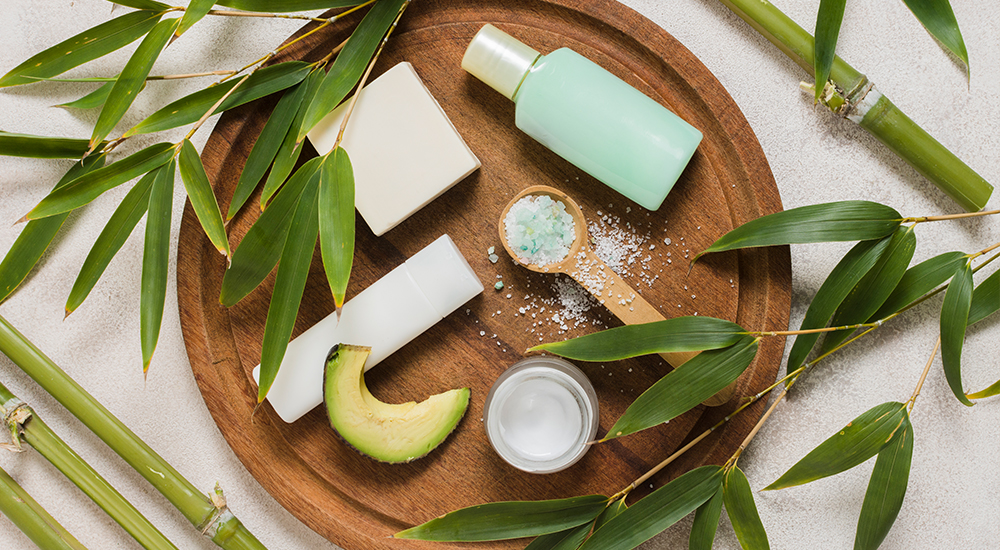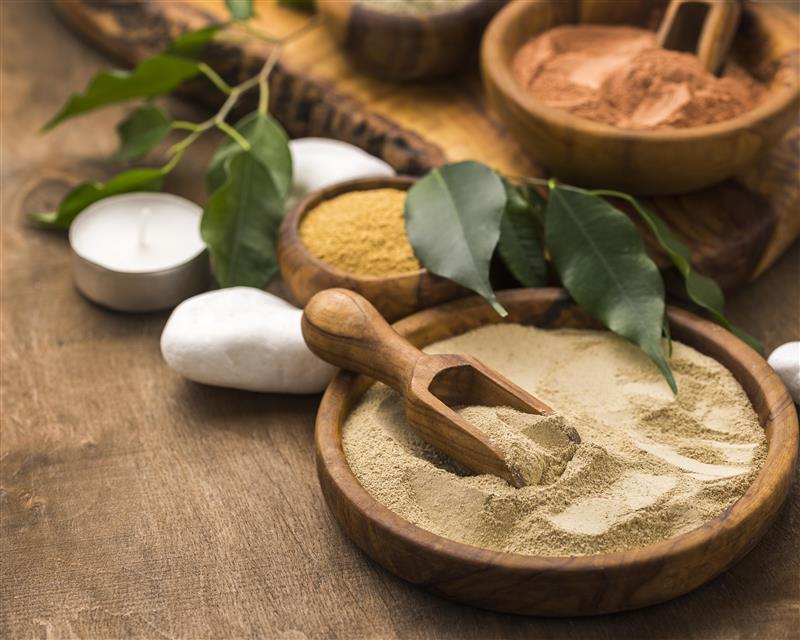For years, my sensitive skin felt like a relentless drama queen. It was unpredictable, prone to angry flare ups of redness, and seemed to react negatively to almost every “miracle” product lining the shelves. I struggled with persistent irritation, minor breakouts, and a general feeling that my skin was constantly stressed. I was trapped in a cycle of trying harsh, clinical treatments that only exacerbated the sensitivity, followed by weeks of damage control with bland, ineffective products.
The search for a truly gentle, yet effective, solution eventually led me away from the dizzying array of Western cosmetic chemistry and toward the timeless wisdom of Ayurveda, the ancient Indian system of holistic health and wellness. I realized that my conventional approach was fundamentally flawed: I was treating symptoms (redness, breakouts) with aggressive methods, instead of addressing the root cause; which, in Ayurvedic terms, often relates to internal imbalance (doshas).
Ayurveda teaches that our skin is a mirror reflecting our overall health, diet, and stress levels. For sensitive skin like mine, which often manifests as heat, inflammation, and reactivity, the underlying energetic imbalance is usually linked to an aggravated Pitta Dosha or an over dry, easily disturbed Vata Dosha. This realization was the turning point. I needed a routine centered on cooling, calming, nourishing, and simplicity.
Here is the straightforward, three step Ayurvedic routine I developed, which has finally brought calm, clarity, and resilience back to my skin.
Step 1: Gentle Cleansing & Mild Exfoliation (The Besan Ritual)
I immediately stopped using foaming cleansers containing harsh sulphates. These detergents, while effective at removing dirt, also ruthlessly strip the skin’s natural lipid barrier, leaving sensitive skin vulnerable and dry; which only increases sensitivity.
My replacement is simple, traditional, and incredibly effective: Besan (Chickpea Flour).
- Why Besan? It is naturally rich in proteins and carbohydrates, acting as a gentle cleanser and a very mild, non abrasive exfoliant. It absorbs excess oil and impurities without drying out the skin, making it ideal for maintaining the delicate balance of sensitive skin. It also has a soothing, cooling effect, which is perfect for pacifying aggravated Pitta.
- The Method: Once daily, usually in the evening, I mix one tablespoon of Besan with just enough pure Rose Water (or plain filtered water) to create a smooth, thin paste. I avoid making it too thick. I gently massage this paste onto my damp face using light, circular motions for no more than 30 seconds. I never scrub. The act of washing it off with lukewarm water is enough to lift dead skin cells and impurities. The skin immediately feels clean, soft, and calm, never tight.
Step 2: Cooling, Balancing Toning (Rose Water & Aloe Vera)
Toning is crucial in Ayurveda to close pores, restore the skin’s natural $\text{pH}$ after cleansing, and prepare it to absorb subsequent treatments. But most conventional toners contain alcohol or harsh acids that are disastrous for sensitive skin.
- The Power of Pure Rose Water: Rose water is perhaps the most universally beneficial Ayurvedic skincare ingredient. It is a natural anti-inflammatory (calming redness), a mild astringent (tightening pores gently), and its cooling nature is specifically excellent for soothing Pitta skin. I use a pure, steam distilled, unsweetened variety.
- The Aloe Vera Boost: Aloe Vera is the ultimate healer and cooler. It’s light, hydrating, and packed with anti-inflammatory compounds.
- The Method: After cleansing, I spritz my face generously with pure Rose Water. While the skin is still damp, I follow up by applying a thin layer of 100% pure Aloe Vera gel (ideally fresh from a plant or a high quality, preservative free commercial gel). These two ingredients work synergistically: the rose water hydrates, and the aloe vera seals that hydration in while delivering intense, calming relief. I allow this blend to sink in naturally.
Step 3: Targeted Nourishment & Repair (The Sacred Oils)
Since sensitive skin often has a compromised barrier function, nourishing it with the right kind of healthy fats and therapeutic botanicals is essential for repair and strengthening. This is where the magic of Ayurvedic oils comes in.
Evening Focus: Kumkumadi Tailam
This is my holy grail for nighttime repair. Kumkumadi Tailam is a precious, traditional facial oil made by infusing over twenty botanical ingredients—most notably Saffron (Keshara), Sandalwood, and Turmeric—into a base oil like Sesame or Almond.
- Why Kumkumadi? It is revered for its ability to brighten the complexion, reduce the appearance of scars and pigmentation (Post Inflammatory Hyperpigmentation, or PIH, is common with sensitive breakouts), and, critically, heal and cool inflammation. The Saffron and Sandalwood are deeply pacifying for Pitta, and the rich oil base nourishes Vata, making it ideal for sensitive, combination skin.
- The Method: In the evening, after the rose water and aloe have dried, I warm 2 to 3 drops of Kumkumadi Tailam between my palms. I gently press the oil onto my face and neck, ensuring I cover the delicate eye area. I massage it in with light, upward strokes for a minute to boost circulation and absorption.
Morning Focus: A Simple, Calming Carrier Oil
In the morning, before I apply sun protection, I use a lighter touch of a simple, cooling carrier oil to protect the skin barrier during the day.
- Jojoba or Sweet Almond Oil: Both are gentle, non comedogenic, and excellent for sensitive skin. Jojoba oil is particularly great as it closely mimics the skin’s natural sebum.
- The Method: I use just 1 drop of the chosen oil, pressing it in gently as the final layer before my non negotiable step: Mineral Sunscreen.
The Ayurvedic Mindset: Beyond the Products
True Ayurvedic skincare extends far beyond what you put on your face. To maintain the equilibrium necessary for healthy, non reactive skin, I also integrated these lifestyle shifts:
- Dietary Adjustments (Pitta Pacifying): I reduced the intake of excessively spicy, fermented, or sour foods, which aggravate Pitta (heat). I increased cooling foods like cucumber, coconut, and leafy greens. Hydration with plain water and cooling herbal teas is paramount.
- Stress Management: Stress significantly aggravates skin sensitivity. I incorporated daily short meditation sessions and deep breathing exercises (Pranayama) to manage my internal fire (Pitta).
- Mindful Application: I learned to treat my skin with respect. I stopped pulling, tugging, and rubbing. Every step of the routine is done gently, almost like a ritual of self care.
By committing to this simplified, gentle, and holistically minded Ayurvedic routine, my sensitive skin has finally found its rhythm. The constant redness has faded, reactivity is minimal, and the skin feels thicker and more resilient. The secret truly lies in ditching the aggressive treatments and choosing nourishment, cooling, and balance over harsh chemistry.







